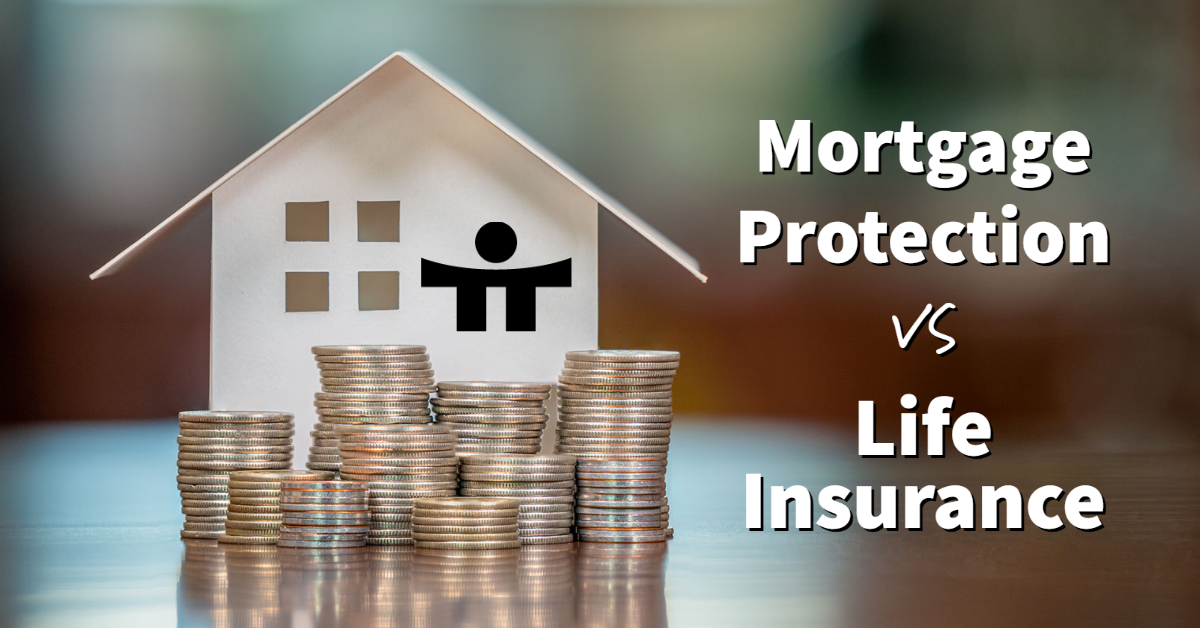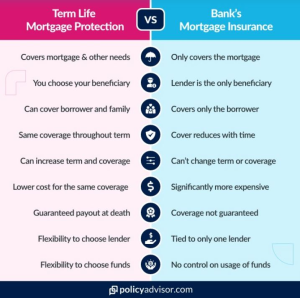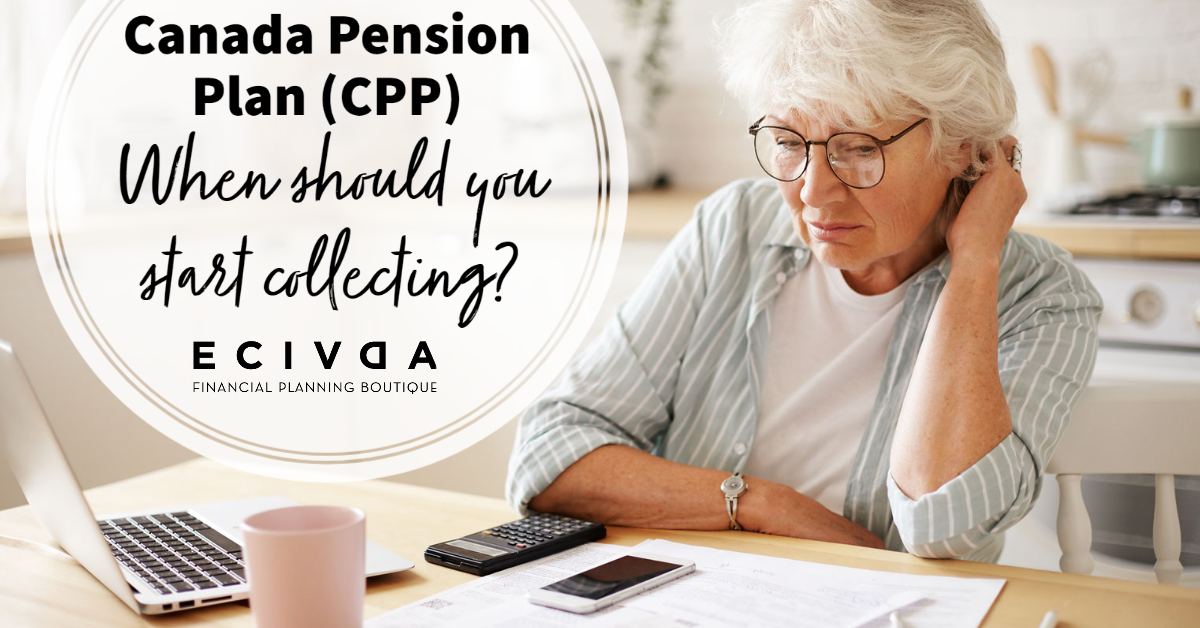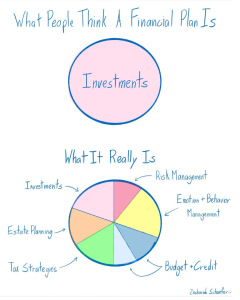Should I set up a family trust… and why?
By: Louai Bibi, Advisor Associate
You’ll likely have heard about the concept of a family trust through a movie or TV show. If this is the case, you’ll likely assume that there is a direct correlation between having a family trust and being ultra wealthy.
This isn’t always the case and family trusts can be a huge help to the average Canadian family, but trusts are complex and requires advice from your tax/legal/financial planning team.
Here is an example where a family trust can be helpful:
John has two children from a previous marriage. John later marries Jane, who has two children from a previous marriage as well. John owns a cottage which he & Jane, as well as the four children love to visit. If John were to leave the cottage to Jane in his will, she may or may not let John’s kids have access to the cottage after his death or worse, when Jane dies, she very well may pass the cottage on to her own children through her will, which leaves John’s children out of the equation and likely conflicts with John’s wishes.
If John were to have set up a family trust that owned the cottage, he could have stipulated in the trust agreement that Jane & her children, as well as his own could have all enjoyed the cottage during their lifetime (following his death) but when Jane were to pass, the cottage would be willed to John’s children.
This doesn’t just apply to cottages or vacation properties either. John could have had a child with a disability who can’t handle their financial affairs and wanted the inheritance John leaves to this child to be paid over their lifetime, as opposed to a lump sum. There could even be a family member who would have blown through their inheritance during a weekend in Vegas, and a trust could allow this individual to receive their inheritance in chunks or once achieving a major milestone to mitigate this risk.
For the purpose of this blog – I won’t be addressing the tax benefits or consequences too deeply. After all, the most qualified person who can speak to this is your trusted accountant.
There are some great tax advantages to using a trust:
- Possibly reducing taxes at death.
- For business owners – multiplying the capital gains exemption.
- Income splitting opportunities with lower income earning beneficiaries.
There are also some disadvantages to using a trust that can sometimes outweigh the advantages:
- Cost of setting up a trust and annual tax returns are required.
- Attribution rules can be complicated and may make it difficult to shift income to lower-income beneficiaries.
- Likely not an ideal solution for US citizens and/or taxpayers.
- Trusts are taxed at the highest personal marginal tax rate.
All that to say, the decision to implement a trust is not one that should be rushed and should entail detailed discussions with your tax/legal/financial planning professionals as to how this strategy fulfills your goals and mitigates unnecessary cost, complexity, tax, and risk. Here is a link to a great article by BDO that uses an example of gifting a cottage from parents to children and the options available to them.
This process starts with some self-reflection. What does my legacy look like? Who receives my assets at death, what does my family dynamic look like and how can I structure this in a way that results in the least heartache, complexity and possibly reduces my taxes owing? Sometimes a trust fills that gap and sometimes it doesn’t. Once you’ve had some time to reflect on these items, you can directly book yourself into one of our calendars here to continue this conversation.







